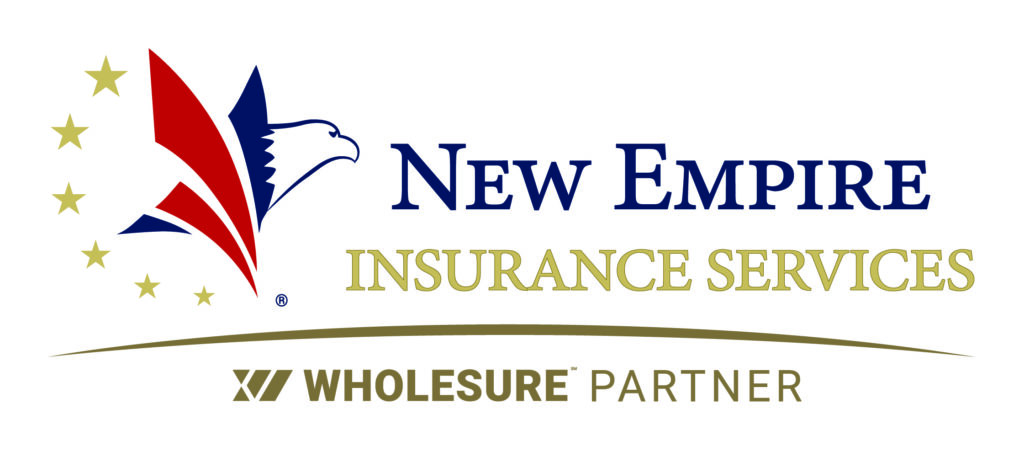When it comes to determining how insurance companies arrive at rating different type of commercial property, it’s important to determine and understand the various scenarios for rating damage by fire. The main factors to keep in mind are, of course, not only the building’s susceptibility to actual damage but the extent that can be expected.
It may seem next to impossible to determine these things, as there’s no way to determine every single combustible material and how much damage would be sustained. There are just too many factors. However, we can understand the different classes of construction and extent of probable damage when it comes to what the best rate category is for each property.
There are basically six classes of construction that have been established by the Insurance Services Office (ISO) in its Commercial Lines Manual (CLM) for purposes of developing rates for insuring commercial property, based on susceptibility to damage by fire and categorized from least to most fire resistive: Frame; Joisted Masonry; Non-Combustible; Masonry Non-Combustible; Modified Fire Resistive; and Fire Resistive.
There’s a lot to think about and consider for each category when it comes to rating and underwriting, making it imperative to understand everything about the rated commercial property itself, the design and structure, interior and exterior, and event height. Let’s get started with the basics and some examples of each.
Frame buildings (the most expensive to insure with the highest rate per $1000 of insurance)
- Generally have exterior walls, floors and roofs of combustible material—typically constructed of wood.
- Masonry veneer (brick-face) or metal clad does not change the construction class.
- Frame is easy to build and economical, but burns quickly and easily—typically has concealed spaces where fire can continue.
- A fire in a frame building could be a total loss, and if the wind is blowing then an entire development could be a total loss.
- Examples: Habitational, 3–4 stories (maximum).
Joisted Masonry (concrete and brick on the outside and frame inside, up to 6 stories in height)
- Buildings with exterior walls of masonry or fire-resistive construction rated for not less than one hour (of resistance) and with combustible floors and roofs—typically includes block constructed buildings, and can include heavy timber buildings.
- Harder to ignite and burns at a slower rate. There are fewer concealed spaces than frame construction. These have a higher rebuild rate based on less damage.
- Basically made of wood inside (floors and beams) with concrete outside, much like a brick apartment house. If a large fire broke out in a joisted masonry building, the outside could still be standing but the inside would be gutted out.
- Examples: Habitational (like a brownstone buildings and apartment buildings), small office or retail, less than six stories.
Non-Combustible (one of the lower premium classifications)
- Buildings with exterior walls, floors and roofs of noncombustible or slow-burning materials.
- Easy to erect, economical to build, uses materials that are harder to burn.
- Typically steel construction. Can easily lose strength under the generally high temperatures of fire.
- Examples: Warehouses, manufacturing facilities.
Masonry Non-Combustible (one of the lower premium classifications)
- Buildings with walls made of masonry, consisting of concrete block, reinforced masonry—sometimes in combination with steel framing.
- Roof construction is typically made of heavy steel (no wood); helps keep the structure standing in a large loss. Walls are a minimum of one-hour fire resistive.
- Examples: Shopping centers, office buildings, warehouses, schools.
Modified Fire Resistive (one of the lower premium classifications)
- Building construction consists of fire-resistive materials such as masonry and protected steel materials not less than 4” thick.
- Greater than one hour but less than two hours fire resistive.
- Roofing deck consists of heavy steel frame with concrete poured on steel deck or pre-poured concrete.
- Examples: High- and mid-rise office buildings, apartments, condo buildings.
Fire Resistive (the lowest premium classification)
- Basically all steel and/or all concrete.
- Walls, floors, and roofs fire resistive for not less than two hours.
- Typical wall construction consists of masonry a minimum of four inches thick; hollow masonry a minimum of eight inches thick.
- Floors and roofs are a minimum of four inches thick, and a minimum of two hours fire resistive.
- Reinforced concrete of frame or steel are well-protected; a minimum of four inches thick for walls, roof, and floors.
- Fire can only spread on one floor.
- Insurance carriers know that the true property exposure of a fire restrictive building will be limited to five floors: the floor the fire is on, the two floors above to smoke and heat, and the two floors below due to water damage.
- Examples: High-rise office buildings, condominiums and apartment buildings, parking garages,
** ** ** **
As can be seen, when it comes to insurance, it’s imperative to keep in mind what type of construction risks exist and what the risks are for each, so the correct rates are used for that specific type of building construction. The rate of insurance will be different and dependent on whether frame, joist masonry, fire resistive, etc.




